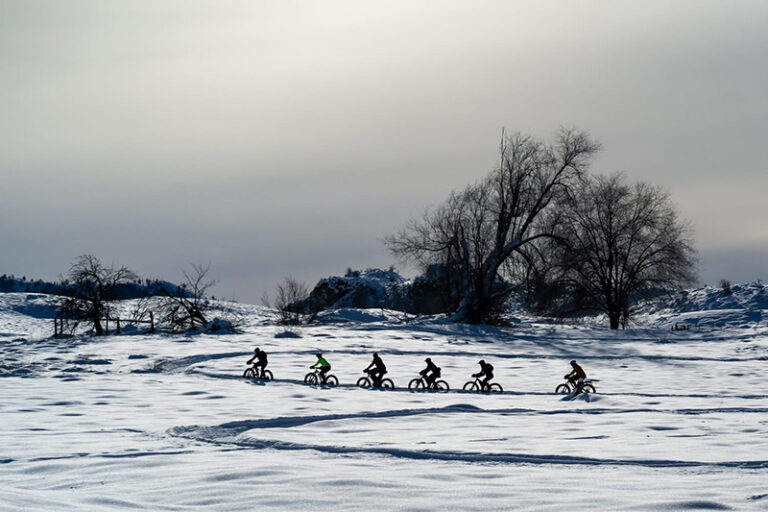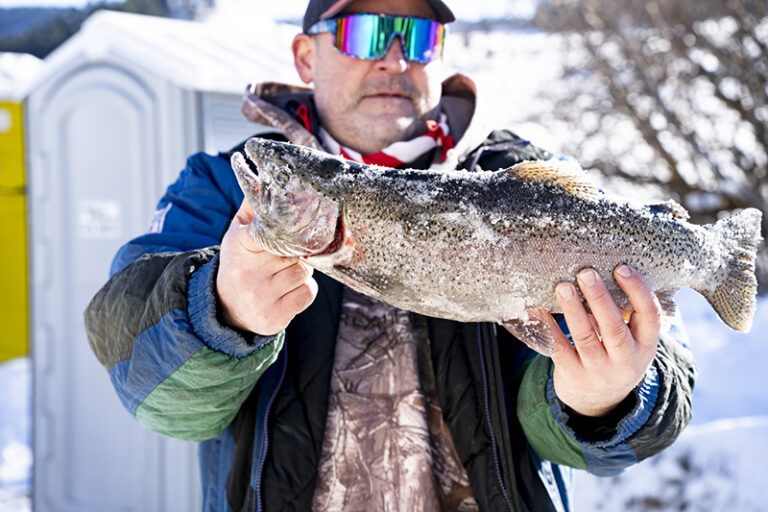You may not see them if you’re skiing the groomers; but, venture off-piste at night, and you might catch a glimpse of these cryptic, cold-loving arthropods. Scientifically, these insects are classified within the Order Notoptera and the Family grylloblatidae. These elongate, flightless insects are specially adapted to living in cold climates, living beneath the snow during the winter, and heading underground or into rocky crevices to stay cool in the summer. At night, they come out of hiding to rove the snow surface, feeding on the carcasses of other insects that have blown in on the wind from warmer areas.
Like many other specialists, these organisms have specific environmental requirements that create the particular microclimates they need to survive. Namely, these organisms have evolved to thrive in cold, snowy places, typically at higher elevations, and including the proper substrate to hide within. Picky, right? In our region, a goldmine of such habitat exists: our very own Mt. Spokane State Park. Ice crawlers have probably inhabited this mountain for hundreds of thousands, maybe millions, of years. Historically, the north side of the mountain has provided the undisturbed habitat that ice crawlers require. In fact, this island of perfect habitat is home to a unique species (tentatively named Grylloblatta spokanistan), not known to occur anywhere else in the world!

James Bergdahl, a local insect taxonomist and complete grylloblatid guru (and the man who first identified this local species), says things may look rather gloomy for the species. Just this year, the concessionaire who leases the land from the State of Washington to run the ski hill, was granted the permission to develop an additional 279 acres on the mountain to enhance lift-assisted terrain in the state park. Unfortunately, the highest densities of this endemic insect have been found on the site chosen for the development. In a 2014 letter to the Washington State Parks & Recreation Commission, Bergdahl expressed that, “This is the only known population of the exceptionally unique and rare flightless insect in Washington State east of the Cascades Mountains.” He adds that, “individuals [of this group] have long life spans and low reproductive potential, which make their populations very vulnerable to an increase in mortality factors associated with habitat and climate.” Compared to large “charismatic mega-fauna,” sensitive insects rarely garner the attention required to gain any kind of protection from development.
Time will tell what the change in habitat on Mount Spokane will cost the ice crawlers who call this place home. More than just the conservation of a rare endemic insect, this situation gives us the opportunity to ask bigger questions: Since every natural area has unique organisms that have evolved to inhabit that specific place, are we paying enough attention to the species with whom we share these spaces? And whether it’s a strange, snow-dwelling, insect-carcass-consuming arthropod, or a recognized and well-loved plant or animal, are our recreational habits more valuable than their right to exist on this planet?













